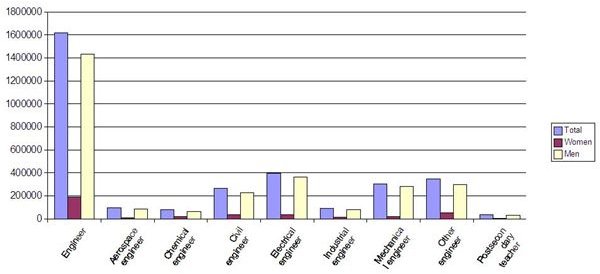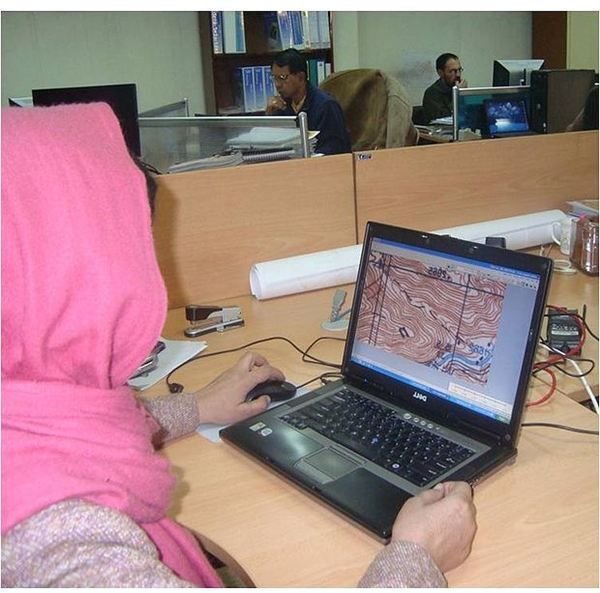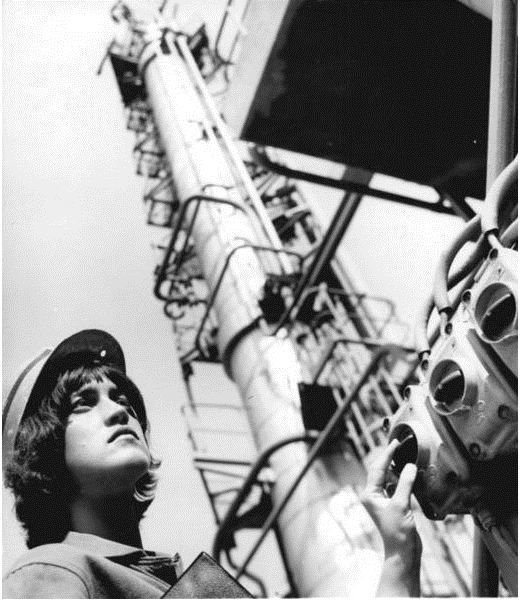Women in the Engineering Fields
Female Engineering - The Climate Now
The entry of women into the engineering professions became a common phenomenon only during the last two decades. Although there is a significant number of women earning degrees in engineering, the problem that needs to be addressed is that their number as active professionals seems to decrease over time. Women acquire the necessary skills and knowledge and then shift into different fields or choose to stay at home and focus on their family instead of pursuing a career.
_
What are the reasons that women leave engineering fields? Surveys have shown that the most frequent reasons are an unwelcoming working climate, inflexibility of working hours, and the non-supportive culture that still dominates the profession. Family and household obligations seem to be secondary reasons, contrary to what would be normally expected.
According to another point of view, the problem is that industry, and engineering colleges, focus more on recruiting more women than in retaining them. This is mostly attributed to the organizational structure of the educational institutions. Once a student has decided on his academic career, there is no flexibility for him or her to transfer to engineering; knowledge prerequisites may force students to attend the same courses again (e.g. calculus), making such a decision more difficult.
Another problem that has been identified is the lack of team spirit among engineering students, a fact that makes the problem even wider. Young engineers adhere to a stereotype of performing tasks individually or finding solutions to problems on their own. This results in future problems when real working conditions demand collaboration among colleagues, males or females.
Statistics about Women in Engineering
How many women are working in engineering fields?
According to the statistic data tables of “Women, Minorities, and Persons with Disabilities in Science and Engineering,” the percentage of women professionals in the “engineering and related technologist or technician” field was 18.4% in 1983 and increased to 19.4% in 2009. Correspondingly, the percentage of women in “engineering” alone was 5.8% in 1983 and rose to 10.7% in 2009.

The adjacent diagram demonstrates how many women were at work in the various engineering fields in 2006. (Please click image to enlarge.) These fields include aerospace, chemical, civil, electrical, industrial, and mechanical engineering, and postsecondary teachers.
The statistics show that there is a moderate increase in the percentage of women. However, the rate of this increase began to drop a few years ago, and this shows that women are gradually starting to focus on other disciplines.
What Can Be Done
There are several ideas about what could be done in order to retain more women in the engineering fields. The role of women should be reinforced in order for the profession to attract more female candidates. Some of the measures could include:
- Flexible working hours so that women can adjust their time schedule and become more efficient in both their professional and personal lives.
- Improvement of the working environment and satisfactory earning potential.
- Equal opportunities for training and career advancement for both men and women.
- Incentives for efficient collaboration among co-workers and supervisors.
Recruiting more women into the engineering professions is also hard. Some measures are the following:
- Integrating a larger number of team-based projects in the curriculum; this will promote collaboration and team spirit among colleagues and therefore collaboration among male and female engineers.
- Flexibility in knowledge prerequisites will increase the transfer rate.
- Joint internships can be offered by organizations, companies, and educational institutes.
It seems that the problem of both recruiting and retaining women in engineering fields has to do with the stereotypes of the profession in both the educational and the working environment. The key probably lies in the fact that engineering companies and institutions should adapt to the special needs of women and abolish any gender stereotypes.

Sources:
- “Work Climate the Main Reason Women Leave Engineering” by Science Daily
- “Myth Of High Engineering Dropout Rate Refuted By New Study” by Science Daily
- “Engineering Stereotypes Drive Counterproductive Practices” by Science Daily
- “Education Practices Influence Women Engineer Shortage” by Science Daily
- Women, Minorities, and Persons with Disabilities in Science and Engineering
Images:
- Women Engineers by Schulze
- Women Engineers in Afghanistan by USAID Afghanistan
